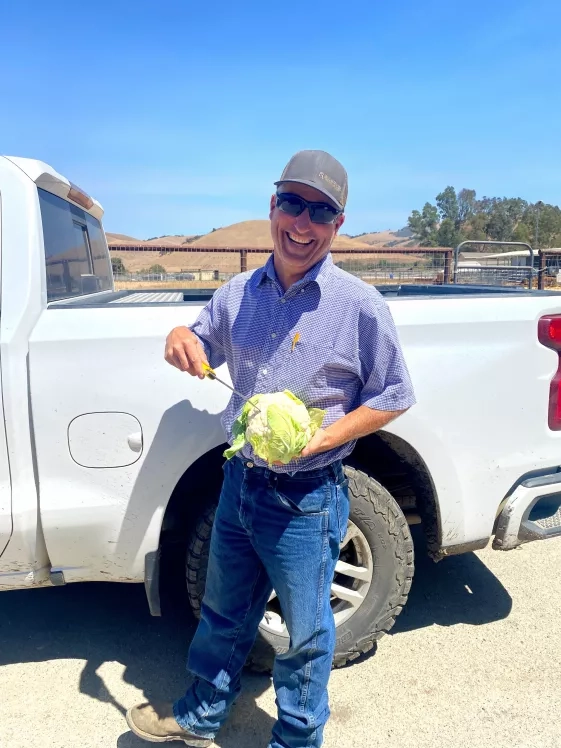If you ate a fruit, vegetable or nut today, chances are good that it came from a farm like Nature’s Reward Farms in California’s Central Coast, or from the nearby Central Valley. Farmers here grow more than one-third of the United States’ vegetables and two-thirds of the fruits and nuts.
That's why farmers like Mark Mason of Nature's Reward Farms in Monterey County, California keep a close eye on the quality of their soil. He supervises fertilizer and irrigation for the farm’s 5,000 acres. Soil test results are key inputs for one of his newest tools: CropManage, which is operated by the University of California Cooperative Extension and uses data from NASA and other sources to create customized irrigation and fertilizer recommendations. In addition to satellite measurements of crop development, it gauges local weather, soil characteristics, and irrigation system efficiency.
“CropManage gives a recommendation back to the person that’s gone out and pulled the soil sample,” Mason explained. “He gets the results, then discusses that with me. I know what the field looks like, so I’ll take CropManage’s recommendations and make a decision based on what I know about the irrigation method, when it will be harvested, the soil type, how the crop looks, and the history of that ground for that time of year.”
The full version of this story can be found at NASA.gov at NASA Watches Water to Help Grow our Groceries.
NASA at Your Table is a series of articles, videos and other features highlighting how NASA data, satellites and other assets are in use to preserve the nation's agriculture.
This story is part of our Space for U.S. collection. To learn how NASA data are being used in your state, please visit nasa.gov/spaceforus.





